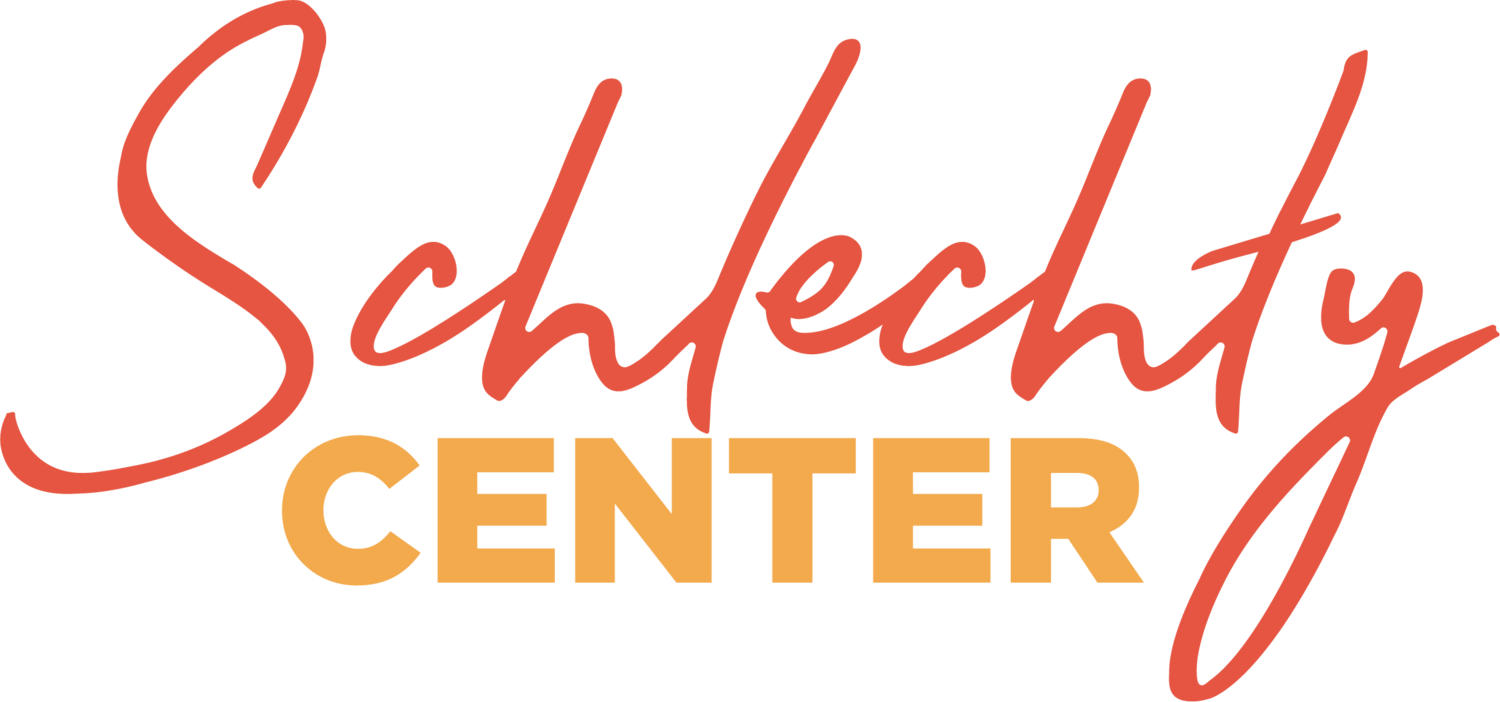Augmented Reality, often referred to simply as AR, is a digital phenomenon that is growing increasingly in our everyday lives and our school classrooms. It is a fascinating field that has great potential to affect the way we learn. There are many engagement connections to be made in this area.
First, let’s get clear about what AR is. Augmented reality takes an everyday experience and augments it with digital technology to create a new experience. Consider reading as an example. The reality is the important, everyday experience of reading. A student picks up a book, turns the pages, and reads. That experience can be augmented. As the student reads, he or she has handy a tablet device or smartphone with an appropriate app downloaded. At key points during the reading, the student holds the device over the book and the book comes to life with music, special effects, narration, and even related games. The reality is reading the book. The augmentation is the digital experience. Together they create Augmented Reality.
A very popular example of Augmented Reality was shown in the popular 2002 movie Minority Report starring Tom Cruise. As Cruise walked through a mall, he was bombarded with video advertising. No big deal. That is everyday reality. But the ads identified him by eye scans and immediately began interacting with him by name! That’s the augmentation. See it in this one-minute clip.
Professor Chris Dede of Harvard University lists Augmented Reality as an emerging learning style for neomillennial students (those born after 2000) in an article published 10 years ago in EDUCAUSE entitled “Planning for Neomillennial Learning Styles.” One need only research the emergence of AR books like William Joyce’s The Numberlys and The Amazing Flying Books of Mr. Morris Lessmore and other AR student resources to see that Dede's assertions are coming true.
To date, there are a growing number of ready-made resources that use Augmented Reality. AR Flashcards, colAR Mix, Word Lens, SPACECRAFT 3D, and Anatomy 4D are but a few popular classroom AR experiences available as student resources.
To date, we are aware of two platforms that allow teachers and students to create their own Augmented Reality experiences. The first is QR coding. QR codes are basic AR. The code symbol becomes a trigger for a related digital experience, like a video.
A second platform takes the process further. It is called Aurasma. With Aurasma, the user takes a picture of something and it becomes a trigger. The user also uploads a corresponding video into the Aurasma studio. (By doing this, the viewer is NOT dependent on a video hosting site like YouTube or Vimeo that may be blocked by the local district.) Then other users (like a classroom of students), using the Aurasma app on a tablet or smartphone, hold their device up to the picture and the experience comes alive with the corresponding video.
The possibilities are endless.
Imagine a math student learning a new process. A teacher could create an explanatory video triggered by a picture of the problem. When working the problem, a student who does not readily see how to do the math can simply hold up his or her device and an explanation appears! You can see this very example in action on the video below.
Our friends at TeachThought wrote an article with 20 different examples of Augmented Reality in education. You can read it here.
Augmented Reality is still in the early stages of development. The primary reason for that is that the development of a seamless device like the one providing eye scanning in Minority Report has not yet emerged. There was a lot of hope for Google Glass, but, alas, it has been pulled from the market for further development. When a device comes along that allows one to simply look at something and get an augmented experience, look out! This industry will explode.
In the meantime, there are lots of connections that can be made to engagement and the Design Qualities. Augmented Reality offers endless possibilities for Novelty and Variety. The ability of AR to provide on-demand help by simply holding up a device can create Clear and Compelling Product Standards. A student’s ability to choose when and where to use the AR feature provides Choice. Tech-savvy students may find that AR lends Authenticity to their work. Aurasma allows student to create their own AR experiences; that can leverage Product Focus. Teachers can create AR resources as part of Organization of Knowledge. Students working together on an AR product could find Affiliation if interdependence is built in.
Just remember, you have to know your students to match their needs with the Design Qualities and then design the Augmented Reality experience to align with those needs.
Augmented Reality is an exciting field for educators to learn about and leverage for engagement and profound learning. Have you found a unique way to use Augmented Reality in your classroom? Please consider sharing it via the comment section below. If you know your Design Qualities, please share the connection the work you've designed has to them.
The Engagement People
